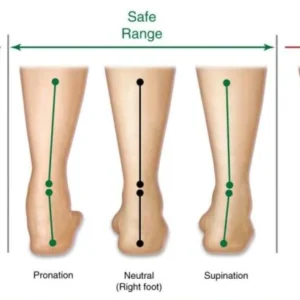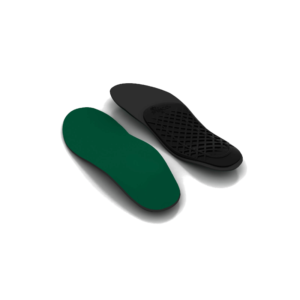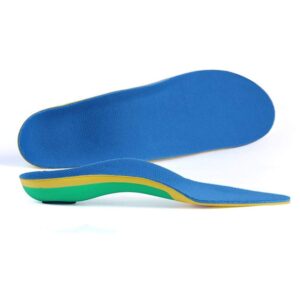Introduction
In the journey of nurturing our children’s overall health, we often overlook a crucial aspect: their feet. Just like adults, children’s feet need proper care and support, especially when it comes to their developing arches. In this article, we’ll delve into the significance of children’s arch support, its benefits, and how parents can ensure their kids have healthy feet right from the start.
Understanding the Pediatric Arch
The Importance of Arch Development
When it comes to a child’s physical development, the arches of their feet are often overlooked but are actually of paramount importance. These seemingly small curves on the underside of the feet play a significant role in a child’s overall health and well-being.
Support and Stability
Arch development in children is crucial as it provides the necessary support and stability required for proper posture and balance. As children grow and become more active, their arches help distribute body weight evenly across the feet, preventing excessive strain on any one area.
Mobility and Movement
The arches are vital for a child’s mobility and movement. They act as natural shock absorbers, cushioning each step and jump. This cushioning effect is particularly important for young, developing joints and bones.
Prevention of Musculoskeletal Issues
Proper arch development during childhood can help prevent a range of musculoskeletal issues in the future. Well-developed arches contribute to a balanced gait, reducing the risk of problems such as flat feet, shin splints, and even back pain later in life.
Impact on Physical Activities
Adequate arch development is directly linked to a child’s ability to participate in physical activities. Whether it’s running, jumping, or playing sports, strong and well-formed arches are essential for a child’s enjoyment and success in these activities.
Overall Comfort
Perhaps one of the most immediate benefits of proper arch development is the comfort it brings. Children with well-supported arches are less likely to experience discomfort, pain, or fatigue in their feet, allowing them to stay active and engaged in daily activities.
In conclusion, the development of arches in children’s feet is far from a trivial matter. It is a fundamental aspect of their overall growth and health. Parents should pay close attention to their child’s arch development and take steps to ensure it progresses as it should. This proactive approach can set the foundation for a lifetime of healthy, active feet.
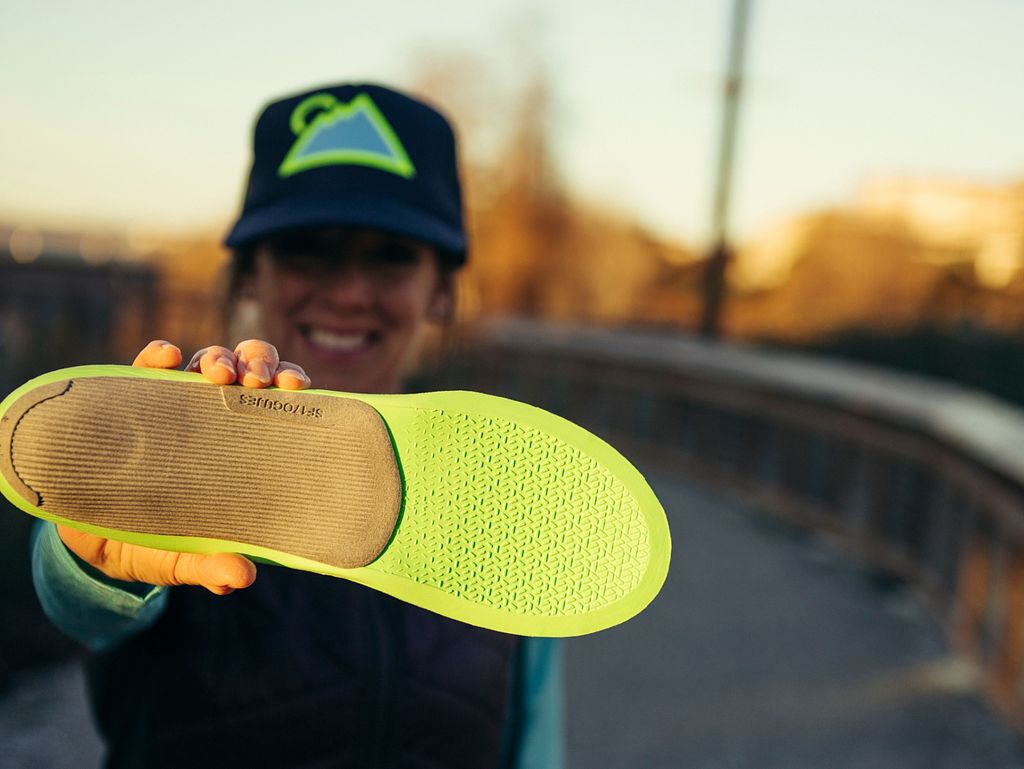
Common Arch Problems in Children
While most children develop their arches naturally, some may encounter issues along the way. These common arch problems can have a significant impact on a child’s comfort, mobility, and overall foot health. Recognizing these issues early and taking appropriate measures is essential for ensuring your child’s well-being.
1. Flat Feet (Pes Planus)
Flat feet are one of the most prevalent arch problems in children. This condition is characterized by the absence of a visible arch when the child stands. It can be caused by genetics, muscle weakness, or injury. Flat feet may not always cause discomfort, but they can lead to issues like overpronation and pain in the long run.
2. High Arches (Pes Cavus)
High arches are the opposite of flat feet. In this condition, the arch is abnormally raised, causing the foot to have a more rigid structure. Children with high arches may experience instability, balance problems, and a tendency to walk on the outer edges of their feet.
3. Overpronation
Overpronation occurs when a child’s foot rolls excessively inward when walking or running. It can lead to misalignment of the feet and lower limbs, potentially causing pain in the feet, legs, and lower back. Overpronation is often associated with flat feet.
4. Supination (Underpronation)
Supination, or underpronation, is the opposite of overpronation. In this case, the foot rolls outward, putting excessive pressure on the outer edge of the foot. It can lead to issues like ankle sprains and stress fractures, especially during physical activities.
5. Sever’s Disease (Calcaneal Apophysitis)
Sever’s Disease is a common arch problem in growing children, particularly adolescents. It occurs when the growth plate in the heel becomes inflamed due to repetitive stress or overuse. This condition can cause heel pain and discomfort, especially during physical activities.
6. Tarsal Coalition
Tarsal coalition is a congenital condition where two or more bones in the foot are abnormally joined. It can restrict foot movement and lead to arch pain and stiffness, often becoming noticeable in late childhood or adolescence.
7. Accessory Navicular
An accessory navicular is an extra piece of bone or cartilage near the inner side of the foot, which can cause arch pain and discomfort, especially during physical activities.
8. Plantar Fasciitis
While more common in adults, plantar fasciitis can also occur in children who are highly active. It involves inflammation of the plantar fascia, a band of tissue that runs along the bottom of the foot, causing heel and arch pain.
It’s essential for parents and caregivers to be aware of these common arch problems in children. Early detection and appropriate intervention, such as orthotic insoles or physical therapy, can help address these issues and ensure that children can enjoy a healthy, active lifestyle while minimizing discomfort and potential long-term complications.
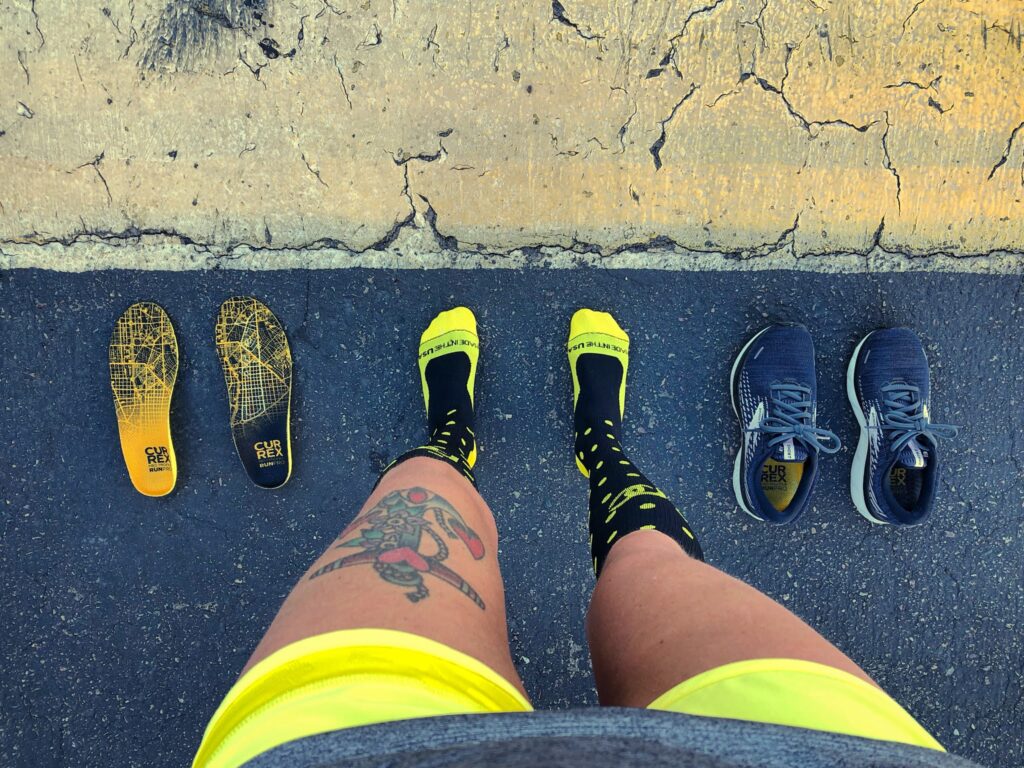
The Role of Arch Support
Arch support plays a crucial role in ensuring the overall well-being and comfort of children as they grow and develop. Proper arch support in footwear and daily activities can have a profound impact on their health, mobility, and quality of life.
Benefits of Arch Support for Children
1. Improved Posture
Adequate arch support helps children maintain proper posture. When the arches are well-supported, the body weight is evenly distributed across the feet, reducing the likelihood of slouching or hunching. This, in turn, helps prevent long-term musculoskeletal issues and promotes healthy spinal alignment.
2. Enhanced Comfort
Children with well-supported arches experience greater comfort throughout the day. They can engage in various physical activities, such as running, jumping, and playing, without experiencing foot fatigue or discomfort. This comfort encourages an active lifestyle, which is vital for their physical and emotional development.
3. Pain Prevention
Arch support can be instrumental in preventing or alleviating foot and leg pain in children. Conditions like flat feet or overpronation can lead to discomfort and pain, especially during physical activities. Proper arch support helps mitigate these issues, allowing children to remain active and pain-free.
4. Balance and Stability
Arch support contributes to better balance and stability. Children with well-developed arches are less likely to trip, stumble, or fall, reducing the risk of injuries. This is particularly crucial during the rapid growth phases of childhood when coordination is still developing.
5. Prevention of Musculoskeletal Issues
Adequate arch support during childhood can significantly reduce the risk of musculoskeletal problems later in life. By supporting the arches and promoting healthy foot mechanics, parents and caregivers can help their children avoid issues like shin splints, plantar fasciitis, and other foot-related conditions.
Choosing the Right Footwear
Selecting appropriate footwear for your child is vital in providing the necessary arch support. When choosing shoes, consider the following factors:
1. Shoe Size
Ensure that the shoes fit correctly, leaving room for growth but not so much that they cause instability. Ill-fitting shoes can lead to discomfort and potential foot problems.
2. Arch Support
Look for shoes with built-in arch support or consider using orthotic insoles designed specifically for children. These can provide additional support and enhance the comfort of the footwear.
3. Material and Breathability
Opt for shoes made from breathable materials to keep your child’s feet dry and comfortable. Proper ventilation can prevent issues like excessive sweating and foot odor.
In conclusion, arch support is not a minor consideration when it comes to children’s health and well-being. It plays a pivotal role in their comfort, posture, mobility, and overall quality of life. Parents and caregivers should prioritize choosing footwear that offers the necessary arch support and encourage their children to engage in physical activities that promote the healthy development of their arches. By doing so, they can help their children grow up with strong, balanced, and pain-free feet.

Maintaining Healthy Feet
Ensuring your child’s feet remain healthy and pain-free involves more than just providing arch support. It also includes adopting a proactive approach to daily foot care. Teaching your child good foot hygiene from a young age can go a long way in preventing common foot problems and promoting overall foot health.
Daily Footcare Routine
1. Regular Washing
Encourage your child to wash their feet daily. Use lukewarm water and mild soap to gently cleanse their feet, paying particular attention to the area between the toes. This practice helps remove dirt and sweat, preventing bacterial and fungal growth.
2. Moisturizing
Apply a child-friendly moisturizer to your child’s feet after washing. This helps keep the skin on their feet soft and supple, reducing the risk of dryness, cracking, and discomfort.
3. Nail Care
Trim your child’s toenails regularly. Use proper nail clippers and trim them straight across, avoiding curved edges. This prevents ingrown toenails and discomfort associated with them.
4. Proper Footwear
Ensure your child wears appropriate footwear for different activities. Provide shoes that fit well and offer adequate arch support. Additionally, consider breathable materials to keep their feet dry and comfortable.
5. Sock Selection
Choose socks made from breathable materials, such as cotton, to help keep their feet cool and dry. Change socks daily, especially if your child sweats excessively or participates in sports.
6. Foot Inspection
Periodically inspect your child’s feet for any signs of redness, swelling, or unusual marks. Early detection of issues can lead to timely intervention and prevention of more significant problems.
7. Foot Protection
Encourage your child to protect their feet during physical activities. This includes wearing appropriate footwear for sports and ensuring they don’t go barefoot in potentially hazardous environments.
8. Foot Stretches
Teach your child simple foot stretches to maintain flexibility and reduce the risk of muscle tightness. Encourage them to perform gentle ankle circles and toe stretches regularly.
9. Hydration
Ensure your child stays adequately hydrated. Proper hydration can prevent issues like muscle cramps, which can affect foot comfort.
10. Consult a Professional
If you notice any persistent issues or discomfort in your child’s feet, don’t hesitate to consult a healthcare professional or a podiatrist. They can provide guidance and treatment options specific to your child’s needs.
Incorporating these practices into your child’s daily routine can help maintain their foot health and prevent common problems. Remember that proper foot care is an essential aspect of overall well-being, and it sets the foundation for a lifetime of healthy and pain-free feet.
Conclusion
In conclusion, children’s arch support plays a crucial role in their overall health and well-being. As parents, it’s our responsibility to ensure that our kids have the right footwear and proper foot care from an early age. By prioritizing their arch support needs, we can set them on a path to healthy feet and a more active, pain-free life.
Frequently Asked Questions
1. At what age should I start paying attention to my child’s arch support?
It’s essential to start considering arch support as soon as your child begins walking, usually around 12 to 18 months old.
2. Can I use over-the-counter arch support insoles for my child?
Yes, over-the-counter arch support insoles can be a good option, but it’s best to consult with a pediatrician or podiatrist for personalized recommendations.
3. What types of shoes are best for children’s arch support?
Look for shoes with proper arch support, cushioning, and a flexible sole. Brands that specialize in children’s footwear often offer suitable options.
4. Are there exercises that can help strengthen my child’s arches?
Gentle stretching exercises can help, but it’s essential to consult a healthcare professional for guidance on specific exercises for your child’s needs.
5. How can I tell if my child is experiencing foot discomfort due to arch issues?
Watch for signs like limping, complaining of foot pain, or reluctance to participate in physical activities. If you notice any of these, it’s time to assess their arch support.
